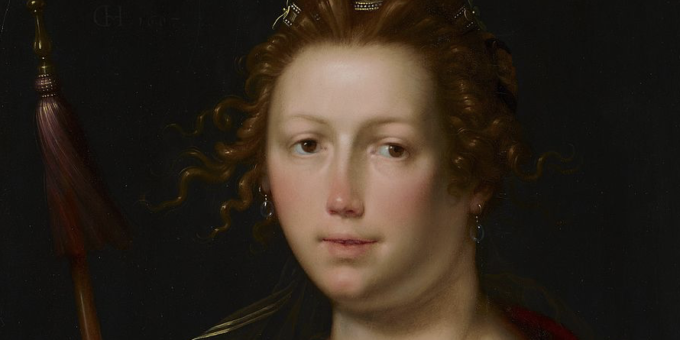
Many of us feel drawn to the moon goddesses, especially the more popular ones known in literature and art. Their mystery and power are alluring and seem to awaken some deep, hidden secret within us all.
Lunar goddesses are symbols of strength and femininity. They represent the cycle of life, death, and rebirth. Additionally, most lunar goddesses are associated with magic, which only adds to their appeal.
1. Artemis – Greek
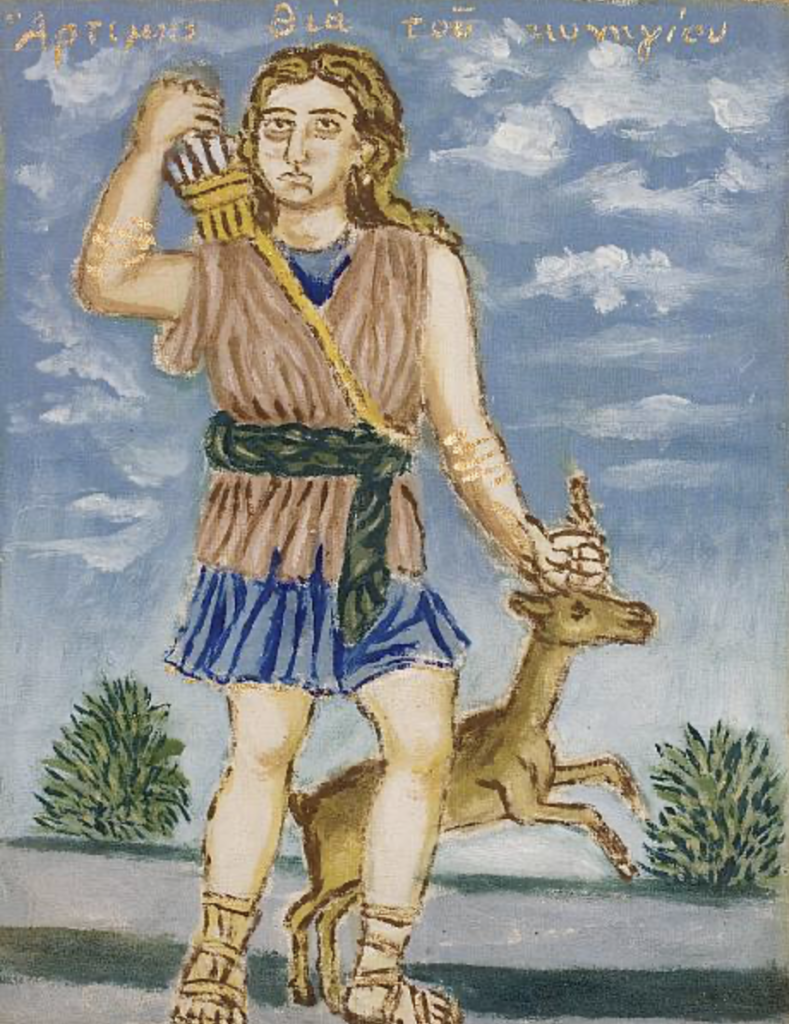
Artemis was the daughter of Zeus and Leto. She was Apollo’s twin sister. She was the goddess of the hunt, wild animals, and childbirth. Therefore, her name means “the huntress.”
Artemis was a very popular goddess. She was especially worshipped in the town of Ephesus, where she was believed to have been born. People prayed to her for help in hunting, childbirth, and the protection of wild animals.
One of Artemis’ most famous stories is the tale of Actaeon. Actaeon was a hunter who accidentally saw Artemis bathing naked. Furious, Artemis turned him into a stag, and his hunting dogs later killed him.
Artemis was also associated with the moon. In art she was shown holding a bow and arrows, and sometimes she was shown riding in a chariot drawn by deer.
2. Cerridwen – Celtic
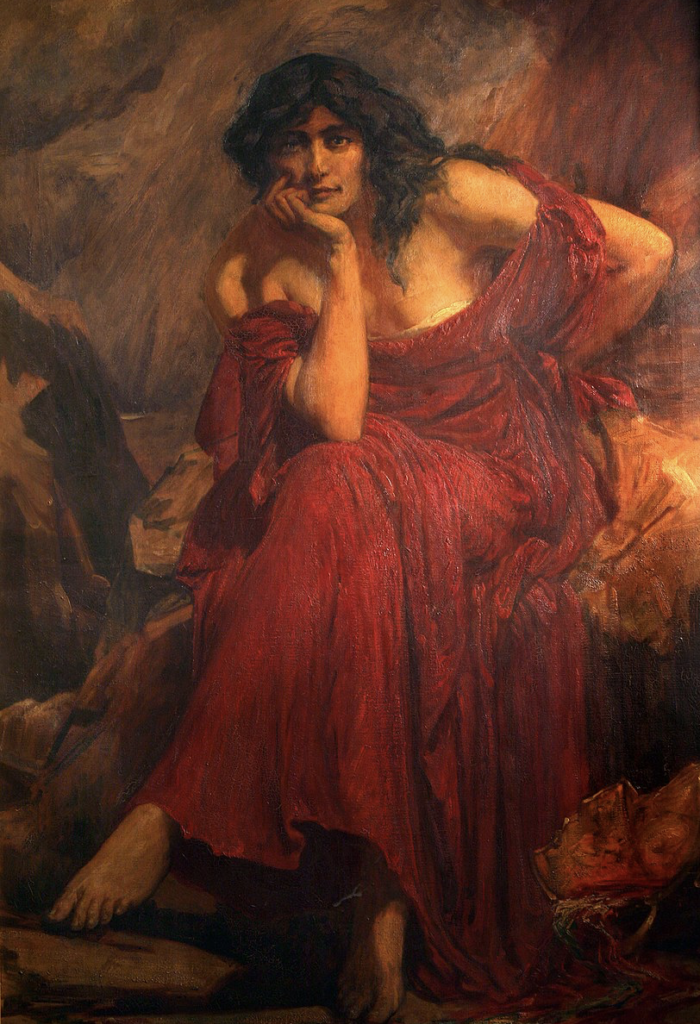
Cerridwen is the Welsh goddess of the moon, inspiration, knowledge, poetry, and magic. She is a Triple Goddess, embodying the female divine’s Maiden, Mother, and Crone aspects. Cerridwen is said to have created the cauldron of inspiration and knowledge, and it is from this cauldron all poets and magicians derive their power.
Cerridwen is a complex and powerful goddess whose mythology is rich and varied. She is a figure of great power and wisdom, and her influence can be seen in many areas of Celtic culture. In modern times, she represents the symbol of female empowerment, and she continues to be a popular figure in Wicca and other forms of contemporary witchcraft.
3. Diana – Roman
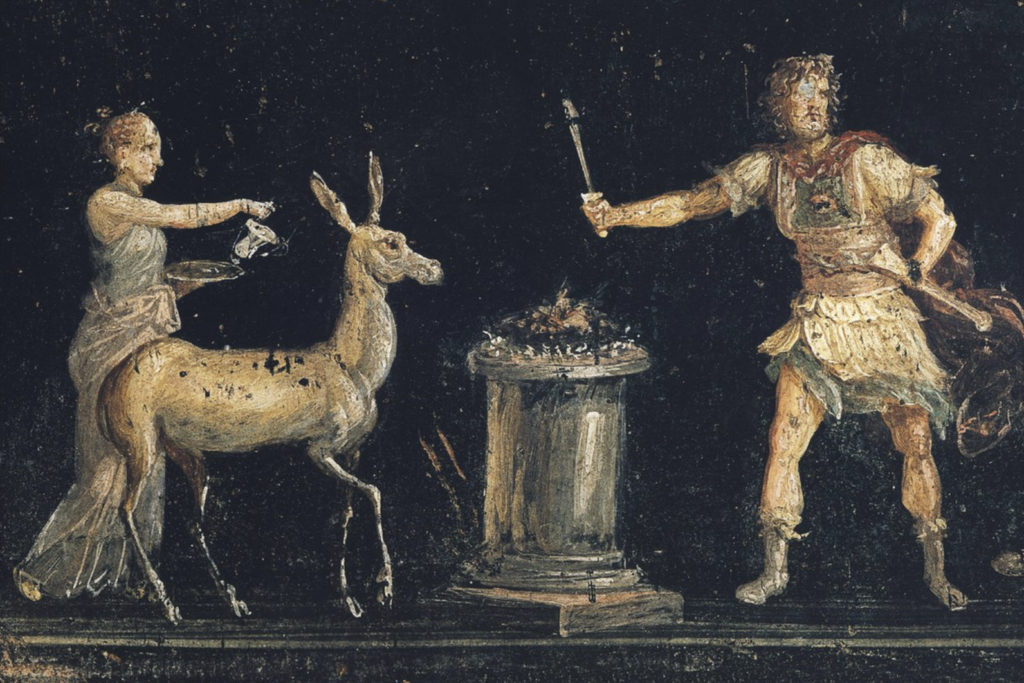
Diana, the goddess of the hunt, the moon, and virginity, is one of the most complex and exciting of the Olympian gods and goddesses. She is often depicted as a huntress, carrying a bow and arrows, and is the patron goddess of wild animals. Diana was also associated with the moon and shown with a crescent moon over her head.
Diana was considered a virgin goddess and was associated with chastity and virginity. She was also associated with childbirth and was the patron goddess of pregnant women. She was said to have been born of Jupiter’s thunderbolt and referred to as Juno Lucina, or “Juno the bringer of light.”
Diana was a popular goddess in Roman times, and many Roman temples were dedicated to her. She was also popular in the early Christian church, and many churches were dedicated to her. As a result, she is often considered the most important goddess of the Roman pantheon.
4. Freya – Norse
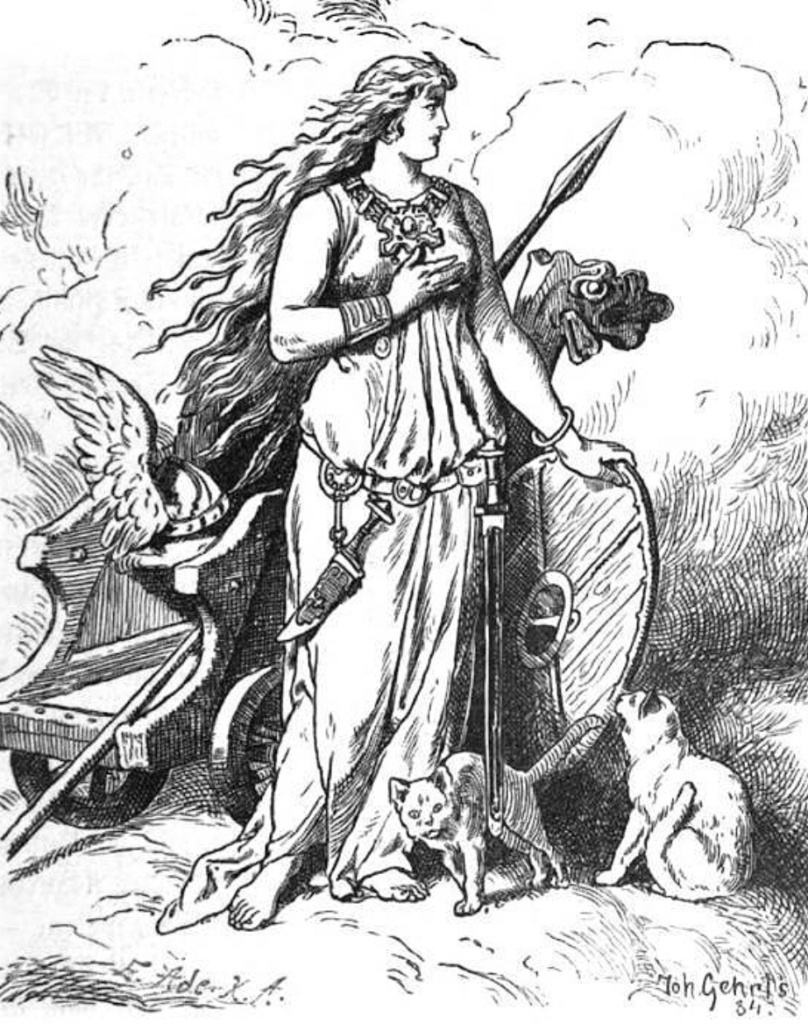
Freya is the Norse full moon goddess of love, fertility, marriages, and childbirth. She is also associated with sex, desire, and beauty. In art, she is depicted riding a chariot pulled by two cats.
Freya is one of the most popular goddesses in the Norse pantheon. She is loved by both the gods and the mortals. She is a powerful goddess who can help her followers achieve their desires. She is also known for her generosity and her kind heart.
5. Hecate – Greek
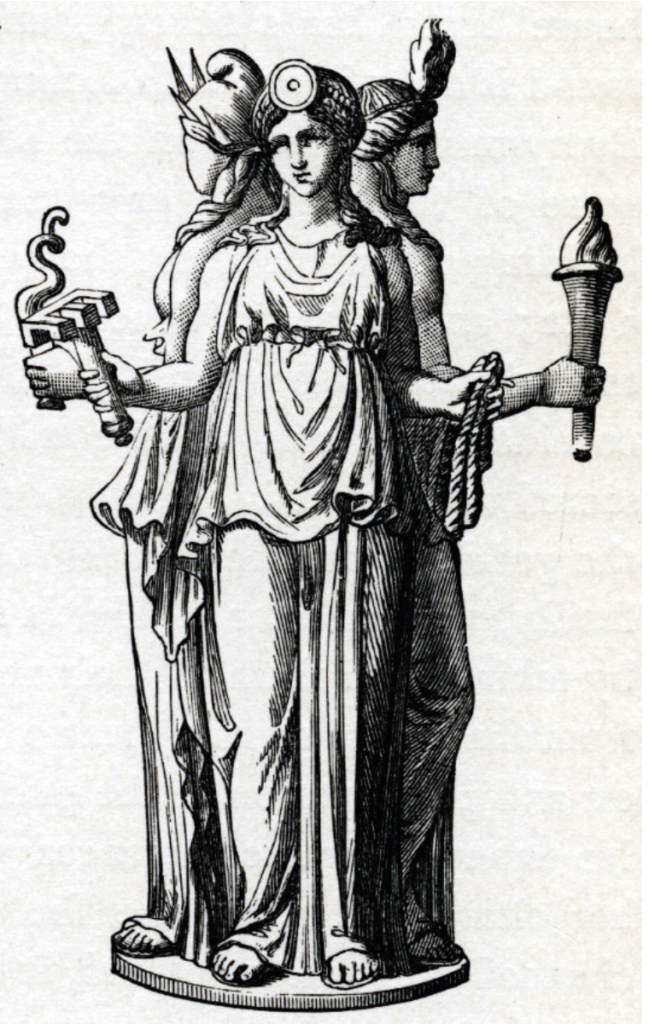
Hecate, the goddess of the crossroads, witchcraft, and magic, is often depicted holding three torches. Of all the moon goddesses, she is said to represent the dark aspects of life, such as death, birth, and change. Therefore, her three torches can be interpreted as symbols of these aspects.
Hecate is also associated with the dark moon and is a guardian of the underworld. In this role, she helps guide the dead to the next life. She is also said to help protect people from the dangers of the underworld.
Hecate is a powerful goddess, and her worship dates back beyond the times of ancient Greece. Many people still worshiped her today, and she is considered a compelling figure.
6. Isis – Egypt
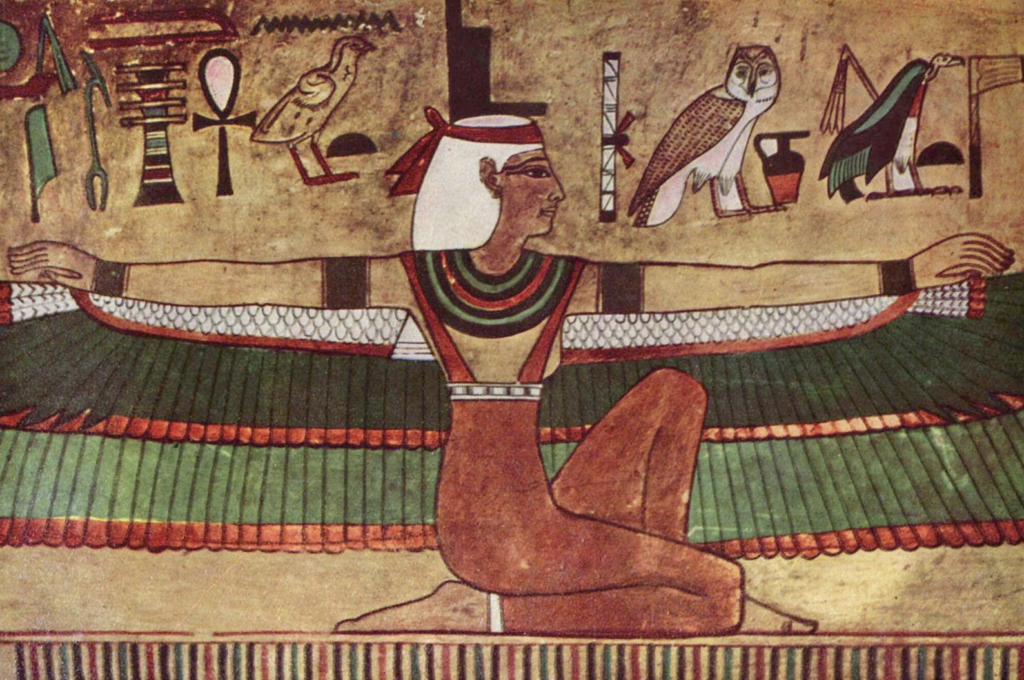
The moon is often associated with the goddess Isis. Isis is one of the most important goddesses in ancient Egyptian religion as she was the goddess of motherhood, nature, magic, and fertility. Therefore, the moon was considered an essential aspect of her domain.
The moon was associated with Isis because of its many phases. The moon’s phases symbolized the process of birth, death, and rebirth. Isis was considered the goddess of these processes. She was also considered the protector of women and children.
7. Luna – Roman
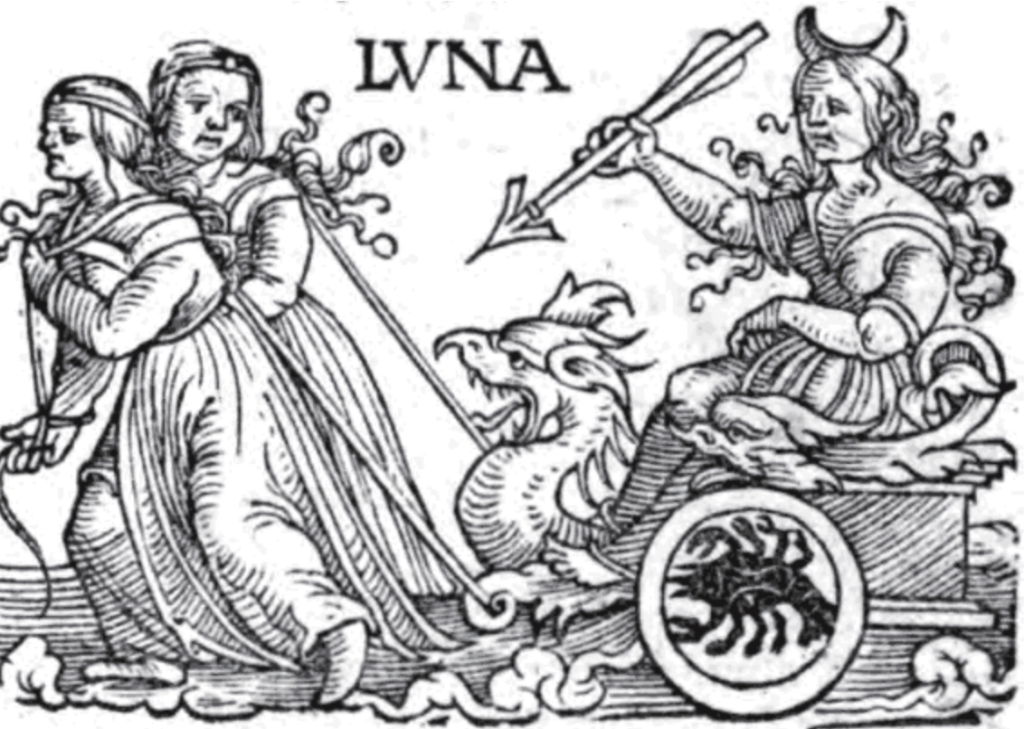
Luna is the Roman goddess of the moon, depicted in art with a crescent moon or a lunar disc. Therefore, she is sometimes called Luna Silvana or Luna Romana.
Luna was the daughter of the sky god Jupiter and the earth goddess Ceres. She was the twin sister of the god Apollo.
She was the goddess of the night and the dark side of the moon. She was also the goddess of dreams, childbirth, and women.
The Romans worshiped Luna as a goddess of agriculture. She was said to help farmers by making the crops grow.
8. Selene – Greek
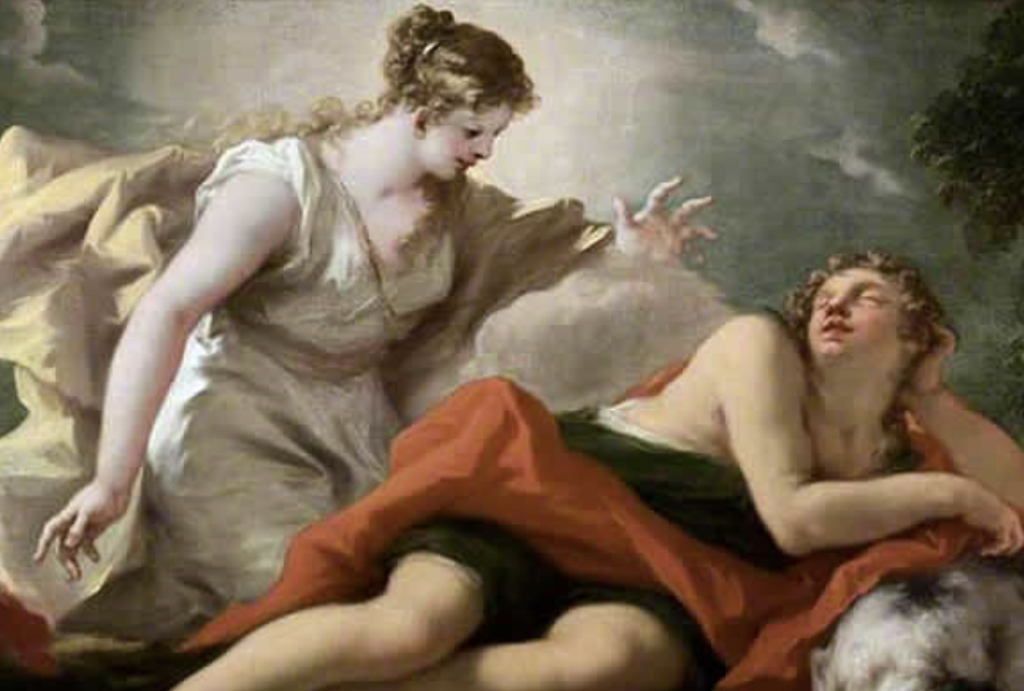
Selene was the ancient Greek goddess of the moon. She was the daughter of the Titans Hyperion and Theia and the sister of the sun god Helios and the goddesses Eos and Selene. Selene was often represented riding in a chariot drawn by four horses.
The moon was associated with the night, sleep, and the underworld. Selene was also believed to be the mother of the god of the underworld, Hades.
9. Tanit – Punic
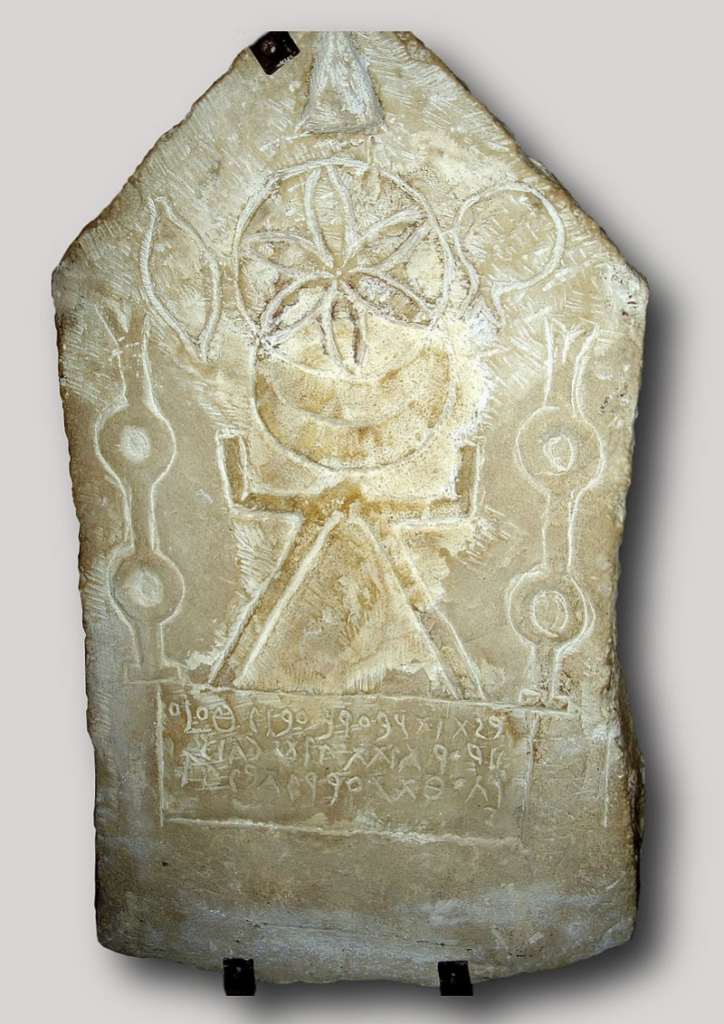
Tanit was a popular figure in ancient Carthage and was the goddess of the moon, fertility, and childbirth. Tanit was also associated with war and agriculture. She was worshiped by both the Carthaginians and the Romans.
The worship of Tanit began in the Phoenician city of Tyre. When the Carthaginians founded their city, they brought the worship of Tanit with them. Tanit was the most important goddess in Carthage. Her temples were some of the most important buildings in the city.
The Romans conquered Carthage in 146 BC. They adopted the worship of Tanit as their own. Tanit was eventually replaced by the Roman goddess Diana. However, Tanit continued to be popular in Carthage long after the Roman conquest.

